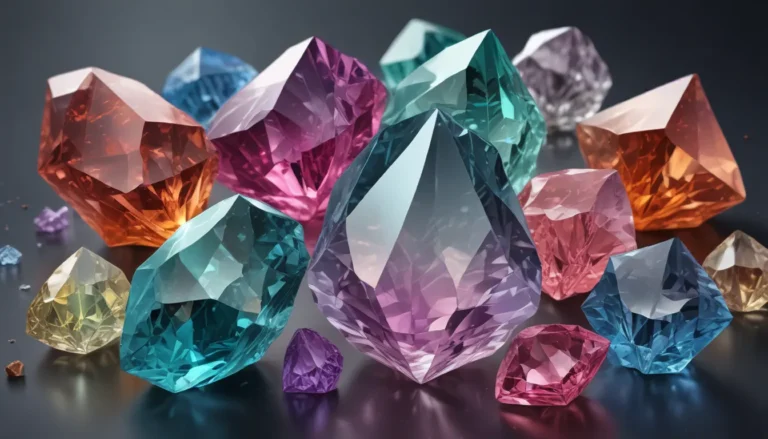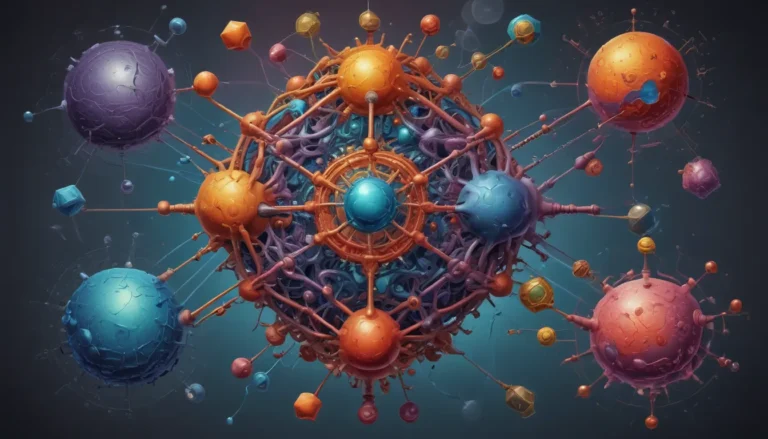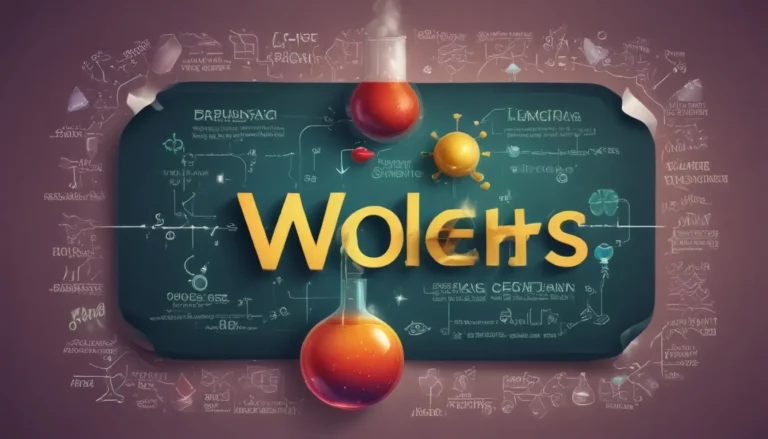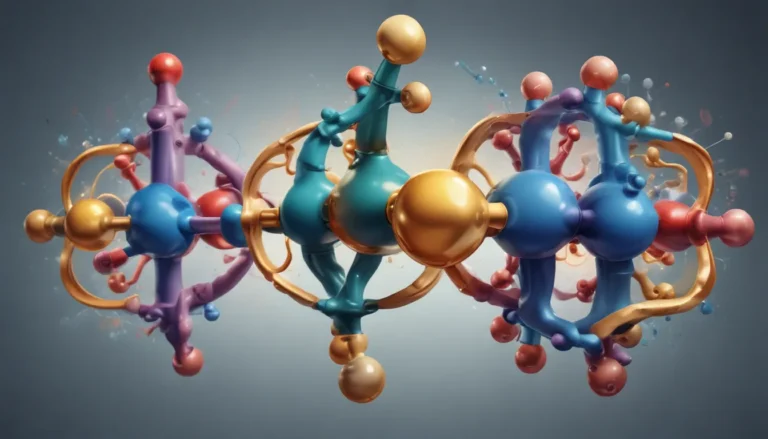A Note About Images: The images used in our articles are for illustration purposes only and may not exactly match the content. They are meant to engage readers, but the text should be relied upon for accurate information.
Aluminium, the versatile metal with a myriad of applications, has piqued the interest of scientists, engineers, and inquisitive minds around the world. From its abundance in the Earth’s crust to its role in space exploration, aluminium continues to amaze us with its unique properties and historical significance. In this article, we will delve into 18 fun and intriguing facts about aluminium, shedding light on its versatile nature and captivating uses. Whether you are a chemistry enthusiast, a history buff, or simply eager to expand your knowledge, join us on an enlightening journey to uncover the hidden wonders of this remarkable metal.
Unveiling the Marvels of Aluminium
Aluminium: A Metal of Abundance
Aluminium reigns as the most abundant metal in the Earth’s crust, comprising approximately 8% of the crust by weight. Known for its low density and corrosion resistance, aluminium stands as a versatile material used across various industries for its exceptional properties.
The Era When Aluminium Outshined Gold
Surprisingly, in the 19th century, aluminium was considered more precious than gold due to the laborious and costly extraction process. However, advancements in extraction methods led to a significant reduction in production costs, making aluminium more accessible to the masses.
Strength Meets Lightness: The Aluminium Advantage
One of aluminium’s standout features is its high strength-to-weight ratio, making it an ideal material for construction, transportation, and aerospace applications. Its lightweight nature and durability make it a popular choice in manufacturing aircraft, automobiles, and even bicycles.
Aluminium’s Magnetic Mystery
A unique characteristic of aluminium is its non-magnetic nature, making it a valuable metal in industries where magnetic interference must be minimized. This property also makes it suitable for compasses and navigation devices, adding to its versatility.
Sustainable Aluminium: A Recyclable Wonder
Aluminium shines as a 100% recyclable material that can be reused repeatedly without compromising its quality. The energy required to recycle aluminium is a mere 5% of that needed for extraction, making it an environmentally friendly choice embraced in various products.
Aluminium in Everyday Life
From Wraps to Packs: Aluminium in Food Packaging
Aluminium foil plays a crucial role in packaging food products, offering flexibility, moisture resistance, and light, oxygen, and microorganism-blocking capabilities. It aids in preserving the freshness and quality of food items, and also serves as a reliable option for wrapping leftovers.
The Heat and Power of Aluminium
Thanks to its excellent thermal and electrical conductivity, aluminium is a vital material in producing heat exchangers, power lines, and electronic components. Its prowess in dissipating heat efficiently lends itself to cooking utensils and heat sinks for electronic devices.
Building Blocks: Aluminium in Construction
The strength, durability, and corrosion resistance of aluminium make it a favored choice in construction materials. From windows and doors to roofing and cladding, aluminium offers structural integrity while remaining lightweight and low maintenance.
Aluminium’s Journey in Transportation
Aluminium plays a pivotal role in modern transportation, contributing to improved fuel efficiency in vehicles and aircraft due to its lightweight properties. This leads to reduced energy consumption and carbon emissions, aligning with a sustainable future.
Beyond the Basics: Aluminium’s Broad Applications
Diversified Industrial Applications
Aluminium finds its place in various industrial applications, ranging from machinery and equipment to cans, foils, and packaging materials. Its strength, malleability, and corrosion resistance make it a go-to choice across different sectors.
Celebrating Aluminium in Art and Fashion
Artists and designers have long utilized aluminium for its versatility and ability to adorn various finishes. From sculptures to decorative elements, aluminium adds a modern touch to creative projects, showcasing its aesthetic appeal.
A Bright Future with Aluminium and Solar Energy
Aluminium serves as a cornerstone in the production of solar panels, providing structural support and durability. Its resistance to corrosion and harsh environmental conditions makes it an ideal material for advancing renewable energy technologies.
Space-Age Aluminium: A Partner in Exploration
The lightweight and high strength properties of aluminium have propelled it into the realm of space exploration. From spacecraft to satellites, aluminium has played a crucial role in advancing space missions and unlocking the mysteries of the universe.
The Promise of Aluminium: A Bright Future Ahead
Aluminium’s journey continues to unfold with exciting developments and applications on the horizon. As we explore its fascinating properties and diverse uses, we are reminded of the indispensable role aluminium plays in shaping our world. With ongoing research and innovation, the possibilities with aluminium are endless, promising a future filled with new discoveries and groundbreaking advancements.
FAQ: Answering Your Burning Questions
What are some common uses of aluminium?
– Aluminium is widely used in the production of cans, foil, window frames, aircraft, and electrical wiring due to its lightweight and corrosion-resistant properties.
Is aluminium the same as aluminum?
– Yes, aluminium and aluminum refer to the same element, with “aluminium” being the standard international name and “aluminum” used in the United States.
Is aluminium a sustainable material?
– Yes, aluminium is highly sustainable as it is 100% recyclable without losing its quality, making it an environmentally friendly choice for various products and industries.
What makes aluminium a unique metal?
– Aluminium’s low density, high strength-to-weight ratio, and excellent conductivity make it a versatile metal with diverse applications in numerous fields.
How does aluminium contribute to environmental conservation?
– Aluminium’s recyclability and energy-efficient production process contribute to reducing carbon emissions and conserving natural resources, making it an eco-friendly material.
With each fun fact about aluminium, we uncover a world of possibilities and innovations that this remarkable metal brings to our lives. As we embrace the wonders of aluminium, we open doors to a future where sustainability, versatility, and ingenuity come together in perfect harmony. Join us in celebrating the fascinating world of aluminium, where every discovery and application showcases the boundless potential of this extraordinary element.






